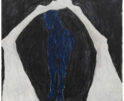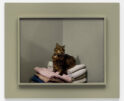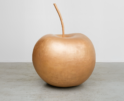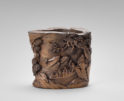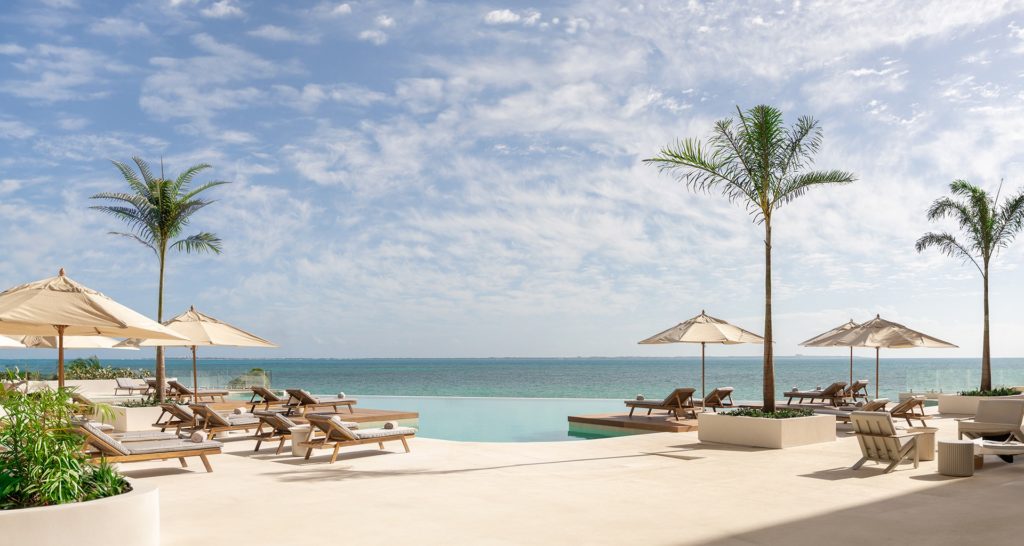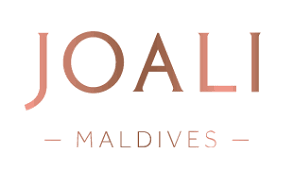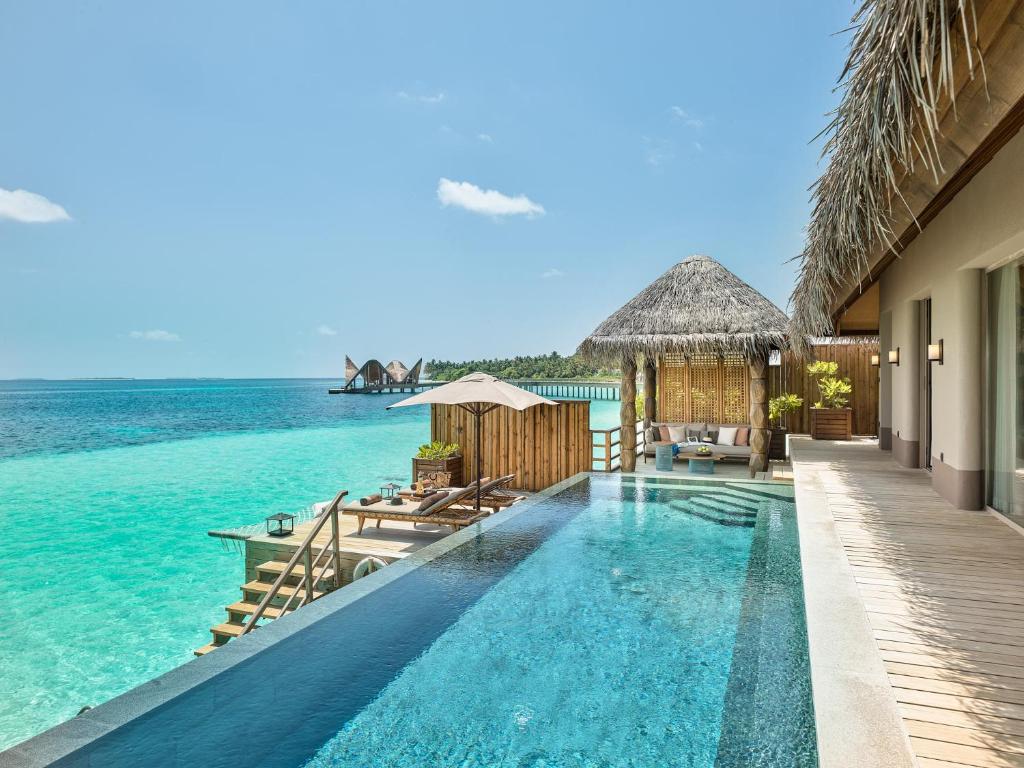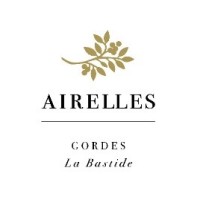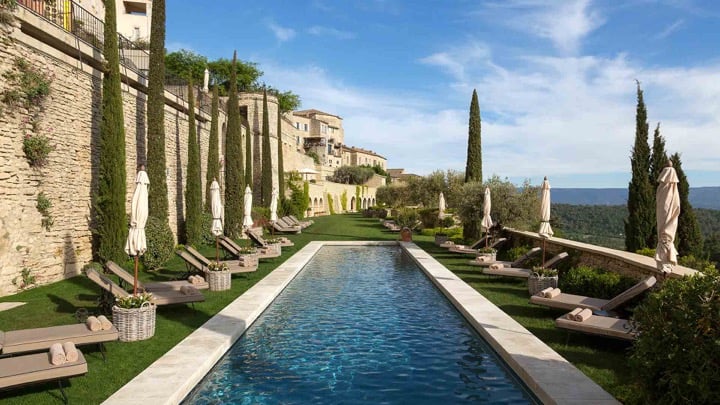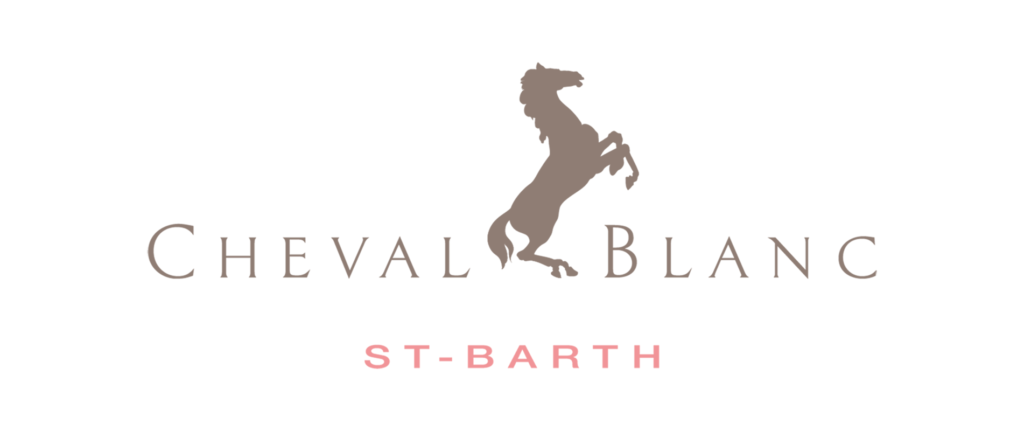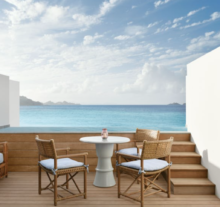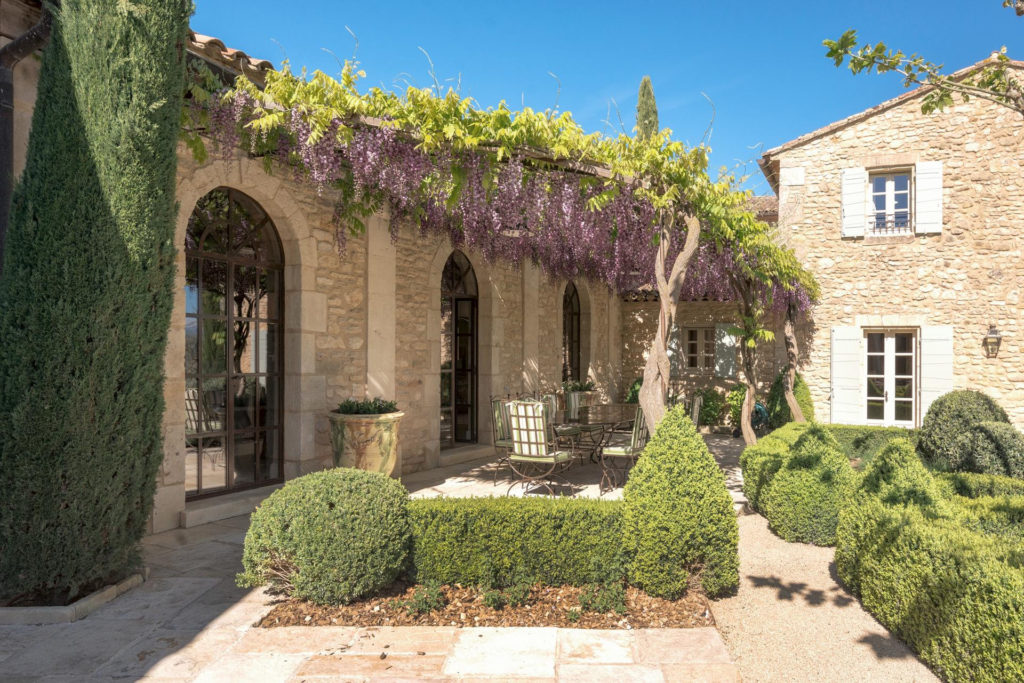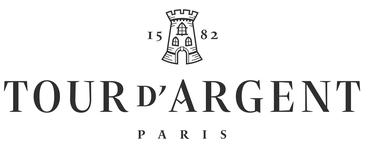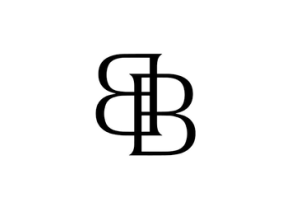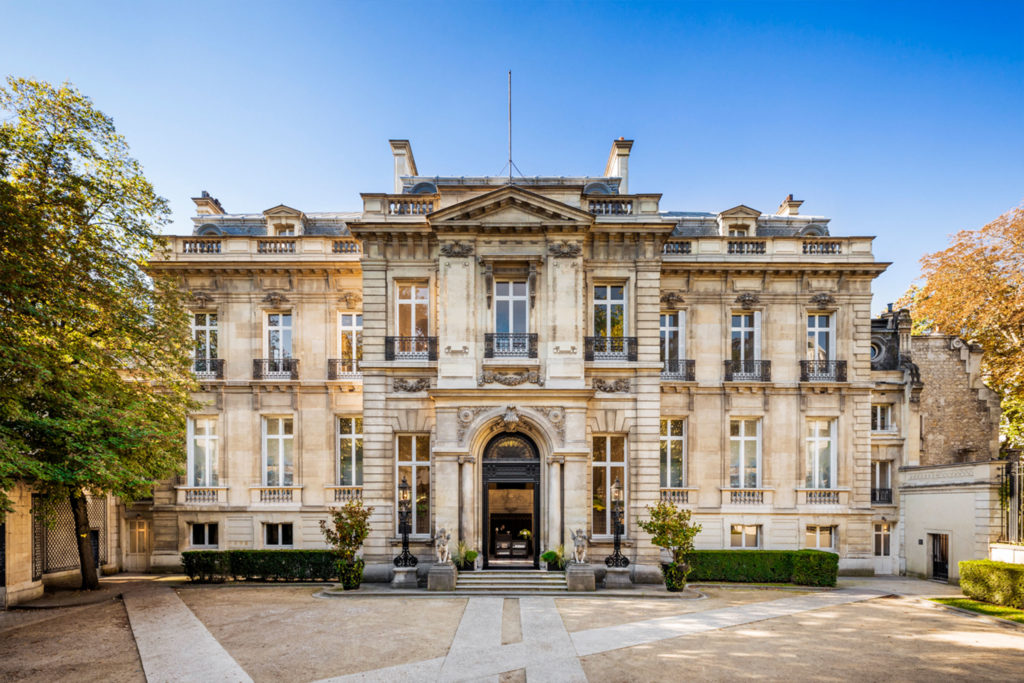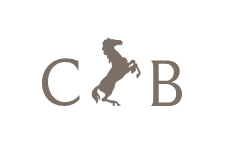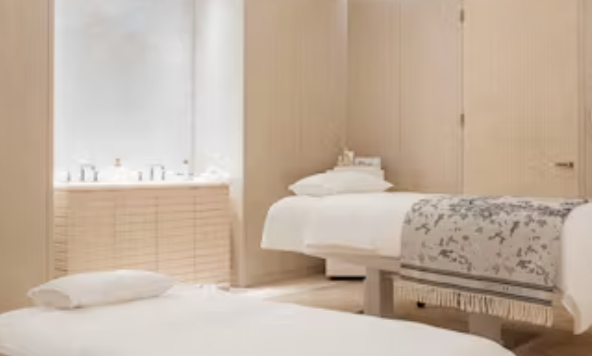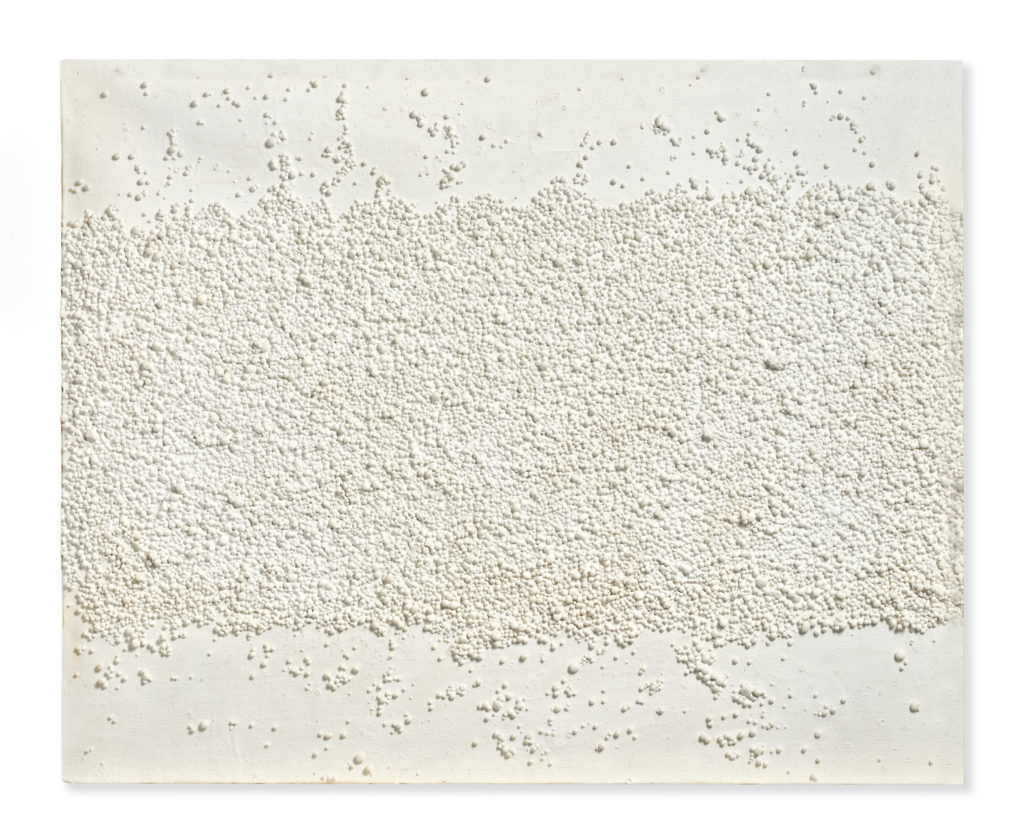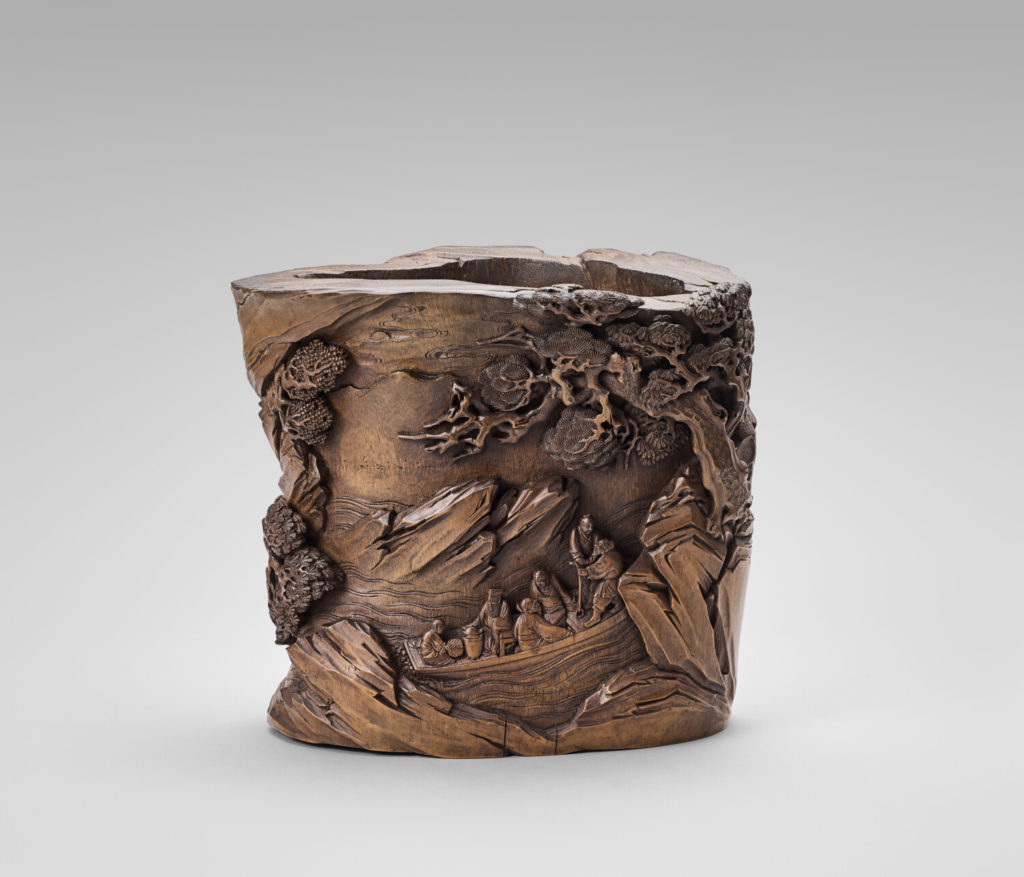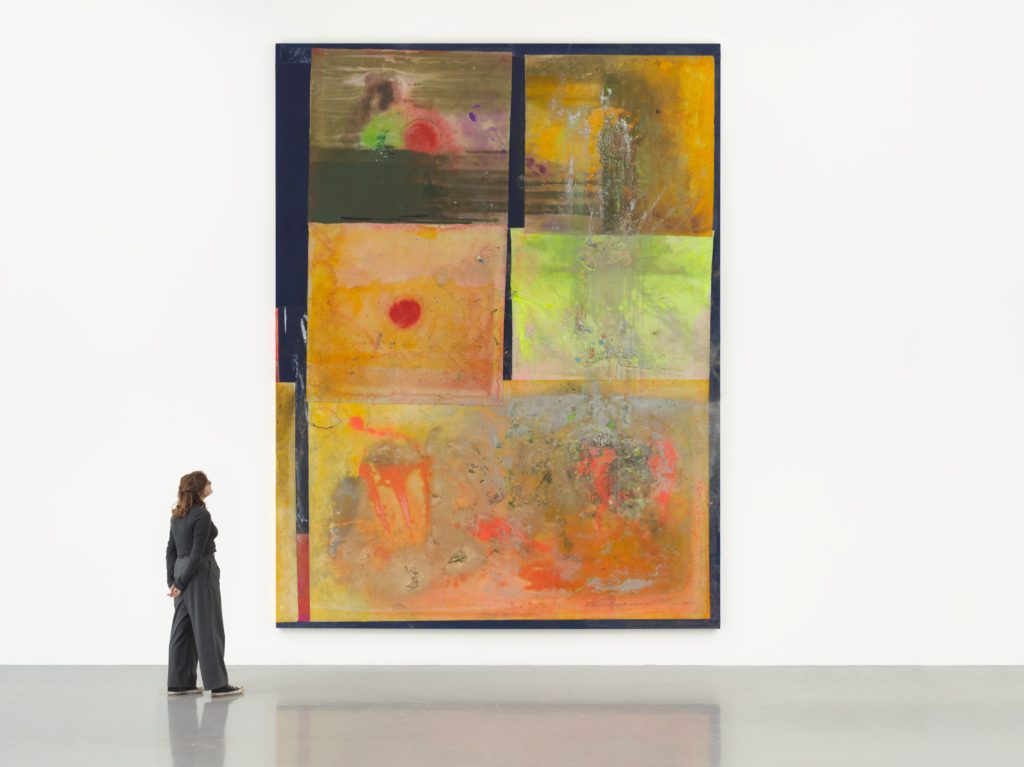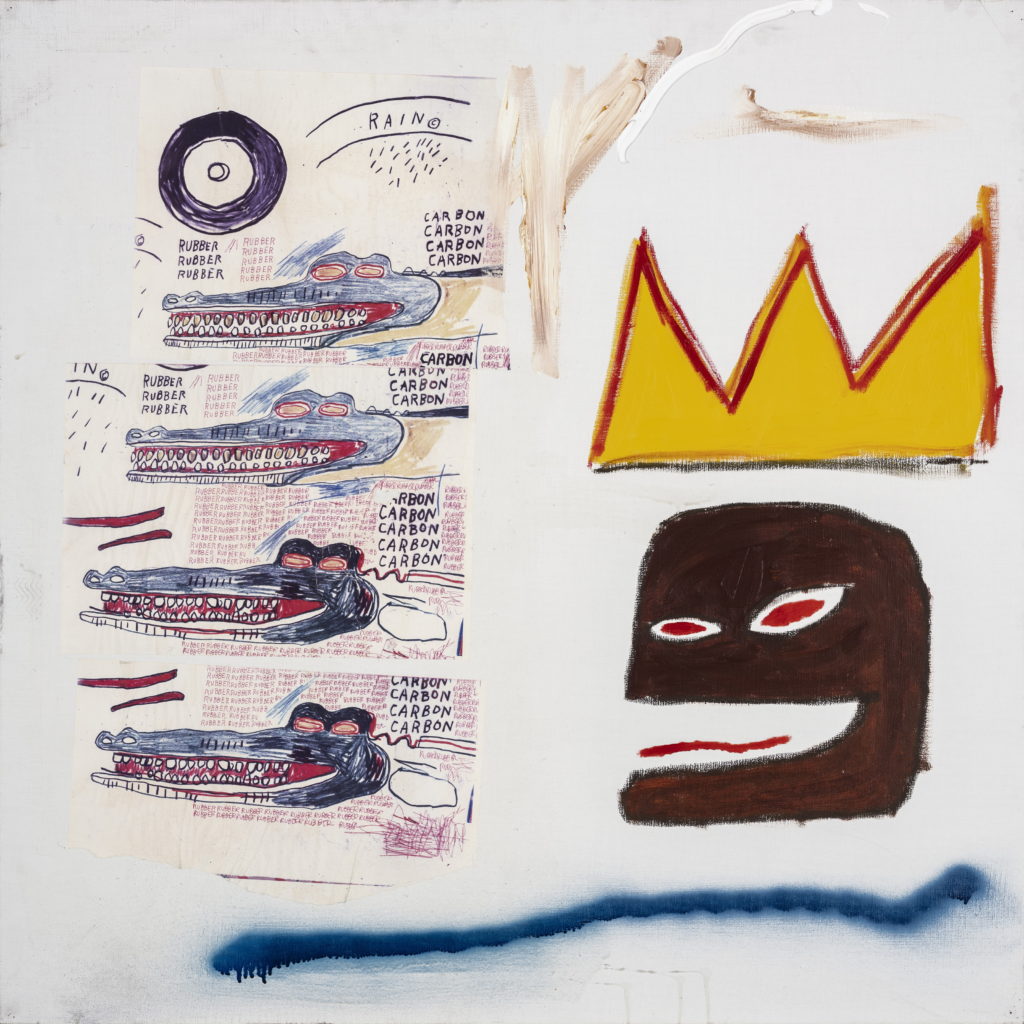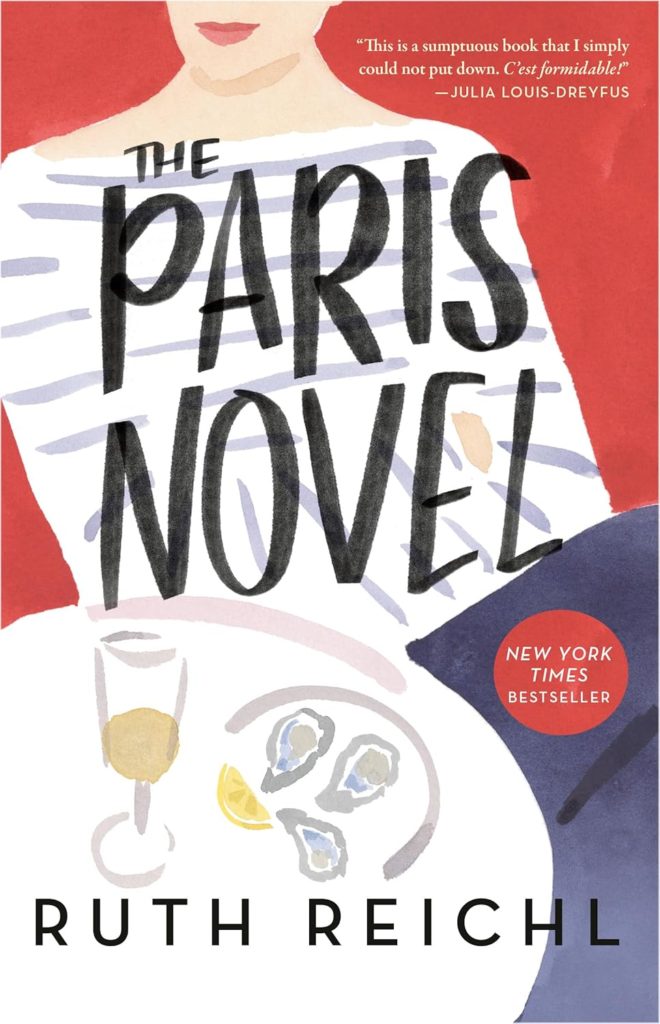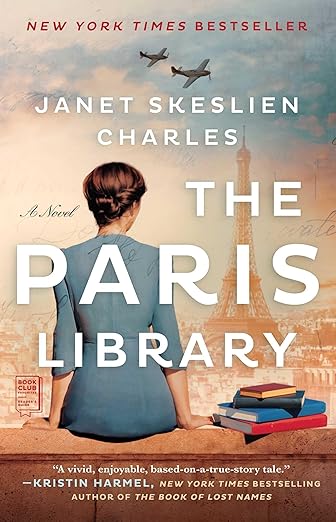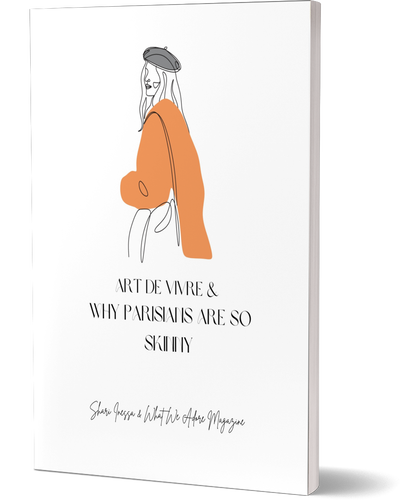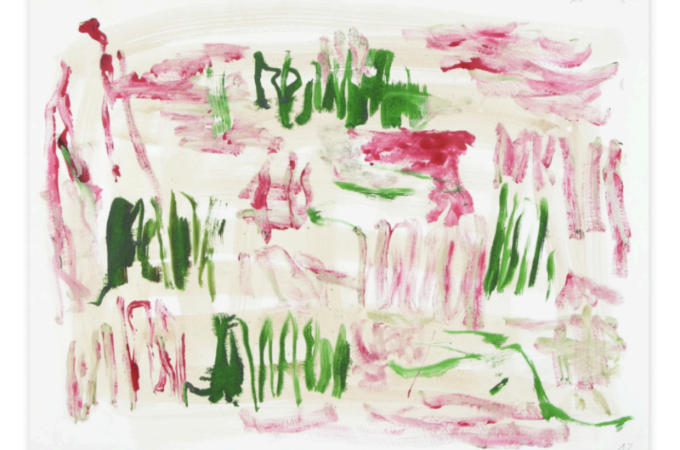
Günther Förg. Mostly Landscapes – Exposition | Hauser & Wirth at Tarmak22, Gstaad
This winter season, Hauser & Wirth brings the work of Günther Förg (1952 – 2013), one of the most significant
post-war German artists, to Tarmak22 in Gstaad.
The presentation focuses on the later years of Förg’s artistic production and draws on the relationship between works spanning from 1997 to 2009. On view are photographs, acrylic paintings, and works on paper, bringing together the various aspects of the artist’s multidisciplinary practice. Taken in the Swiss alps in the winter of 1997, the photographs in the exhibition depict landscapes covered in snow and were the source of inspiration for Förg’s series ‘mostly landscapes’, created more than a decade later in 2009, and are presented side-by-side for the first time in this exhibition. ‘Mostly Landscapes’ at Tarmak22 coincides with ‘Günther Förg. Appearance’ at Hauser & Wirth Los Angeles, the first solo exhibition of
the artist in Los Angeles.
Throughout his life, Förg moved between different materials in a series of sustained investigations, with one body of work influencing the next. Born in the region of Allgäu, Germany, Günther Förg’s career began in the early 1970s as a student at The Academy of Fine Art Munich. During his studies, Förg painted abstract works almost exclusively in grey and black monochrome, experimenting with different surfaces, patina and gestural mark-making.
In the 1980s, Förg began exploring new mediums to make works. In particular, he employed photography to reveal geometric forms within everyday life. Included in the exhibition are Förg’s large-format photographs of winter landscapes taken in Switzerland in 1997. Photographed whilst riding in a carriage through a valley in the Swiss Alps, these black and white works look beyond nature and at linear forms in the surroundings, evoking the monochrome palette of his early works and the gestural marks visible in his paintings. Interested in the structure and form of nature, these photographs went on to influence the motifs Förg would later employ in his work.
Displayed above eye-level in the exhibition space, almost like a frieze and highlighting the architecture of the room, is a selection of acrylic paintings on wood from 2004 in which Förg engaged with his distinctive grid-like hatching and gestural mark-making once again. In these works, Förg combined harsh black strokes with patches of vivid colour.
The scope of Förg’s practice extends to works on paper – executed in a variety of materials from charcoal and oil to ink – that take a more illustrative turn. The works ranging from 2007 to 2009 are reminiscent of Förg’s conceptual photographs of forests, making use of motifs and marks that resemble trees and allude to Alpine landscapes. Earthy colours strengthen the connection to nature and establish a dialogue with the scenery surrounding Tarmak22.
Other works on paper made using pastel – part of his 2008 Alles Retour series – continue the style of Förg’s more abstract paintings. Whilst graphic lines do not appear in these works, Förg draws on his use of a brighter palette to create clusters of colour. Förg’s series of ink drawings from 2009, ‘mostly landscapes’, make use of expressive, colourful marks to refer to nature, uniting the concern of his pictorial drawings with the vibrancy of his Alles Retour series. The different connecting series on view in Gstaad demonstrate Förg’s masterful blurring of boundaries between various disciplines, bringing together his practice as a conceptual whole.
About the artist
Günther Förg’s career began in the early 1970s, at the Academy of Fine Arts, Munich (1973 – 1979), where he studied under Karl Fred Dahmen, one of the most important and highly influential figures of Art Informel. Supplementing his understanding of gestural abstraction, Förg attended exhibitions at Galerie Heiner Friedrich, Munich, which played an essential role in the development of the West German art scene. The gallery presented a host of international artists, including Robert Ryman, Sol LeWitt, Blinky Palermo, and Cy Twombly, the latter two of whom Förg cited as seminal influences. Förg was included in his first group show at Galerie Max Hetzler, Stuttgart, in 1981, presented alongside contemporaries Martin Kippenberger and Albert Oehlen, whose shared artistic approach demonstrated a subversive reframing and critical understanding of modernist tropes. In rejecting formal adherence, Förg embarked on what would become a lifelong commitment to the conceptual and serial-matic advancement of art.
Förg’s work is held in numerous public collections, including Broad Contemporary Art Museum, Santa Monica CA; Essl Museum, Klosterneuburg, AT; Fotomuseum Winterthur, CH; Kunstmuseum Basel, CH; Museo d ́arte contemporanea Castello di Rivoli, Turin, IT; Museo Nacional Centro de Arte Reina Sofía, Madrid, ES; Museum für Moderne Kunst, Frankfurt am Main, DE; Museum of Modern Art, New York NY; National Gallery of Canada, Ottawa, CA; San Francisco Museum of Modern Art, San Francisco CA; S.M.A.K. the Municipal Museum of Contemporary Art, Ghent, BE; Stedelijk Museum, Amsterdam, NL; Tate, London, UK; and the Walker Art Center, Minneapolis IL; among others. Recent important solo exhibitions include the travelling exhibition ‘A Fragile Beauty’ at the Stedelijk Museum in Amsterdam NL and the Dallas Museum of Art in Dallas TX (2018), and ‘Günther Förg. Works from 1986 – 2007’ at Hauser & Wirth New York (2019) and ‘Günther Förg. surface of bronze‘ at Hauser & Wirth Zurich (2020).
Recommended
-
Hauser & Wirth Just Dropped the Most Emotional Gallery Lineup of the YearJune 12th, 2025
-
Fries, Ballots & Democracy: Taryn Simon’s Paris Game NightJune 11th, 2025
-
Alchemy in Color: Niki de Saint Phalle’s Mythologie Transforms Paris This SummerMay 6th, 2025
-
A Parisian Heart, an Eastern Soul: The Louvre Unveils ‘Une Passion Chinoise’May 1st, 2025






